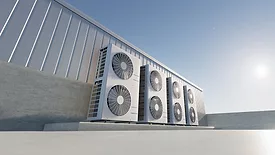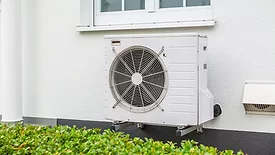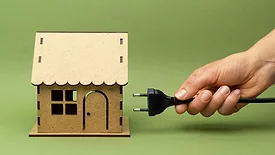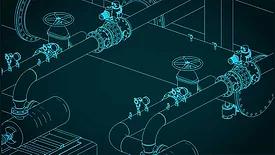Articles by John Siegenthaler, P.E.
Hydronics Workshop | John Siegenthaler
Reversals revealed.
Read More
Renewable Heating Design | John Siegenthaler
3-way diverter valves: Part 2
Real world valve applications.
May 30, 2024
Hydronics Workshop | John Siegenthaler
Do you understand hydraulic separation?
A simple but powerful design tool.
May 29, 2024
Renewable Heating Design | John Siegenthaler
3-way diverter valves: Part 1
Digging into motorized 3-way diverter valves and actuator options.
May 1, 2024
Hydronics Workshop | John Siegenthaler
Combining “low-tech” heating with state-of-the-art heat pump technology
Plan B
May 1, 2024
Renewable Heating Design | John Siegenthaler
Modern hydronics technology can play well with future energy markets — Part 2
March 27, 2024
Hydronics Workshop | John Siegenthaler
Combining a wood-fired boiler with a hydronic distribution system
Doing wood right
March 27, 2024
Hydronics Workshop | John Siegenthaler
Does the boiler need to change when adding a heat pump?
Is it worth it?
March 1, 2024
Renewable Heating Design | John Siegenthaler
Modern hydronics technology offers unique solutions
Solid thinking: Part 1
February 28, 2024
Renewable Heating Design | John Siegenthaler
The challenge of reviewing proposed system schematics
Where’s Waldo?
February 1, 2024
Keep your content unclogged with our newsletters!
Stay in the know on the latest plumbing & piping industry trends.
JOIN TODAY!Copyright ©2025. All Rights Reserved BNP Media.
Design, CMS, Hosting & Web Development :: ePublishing











